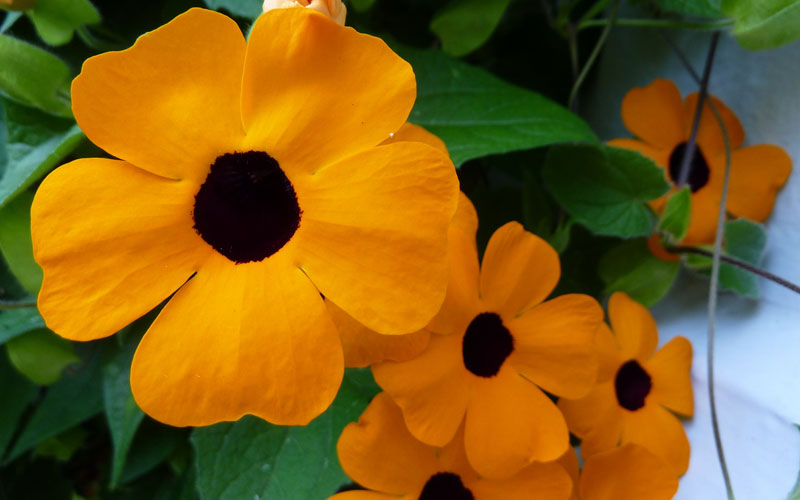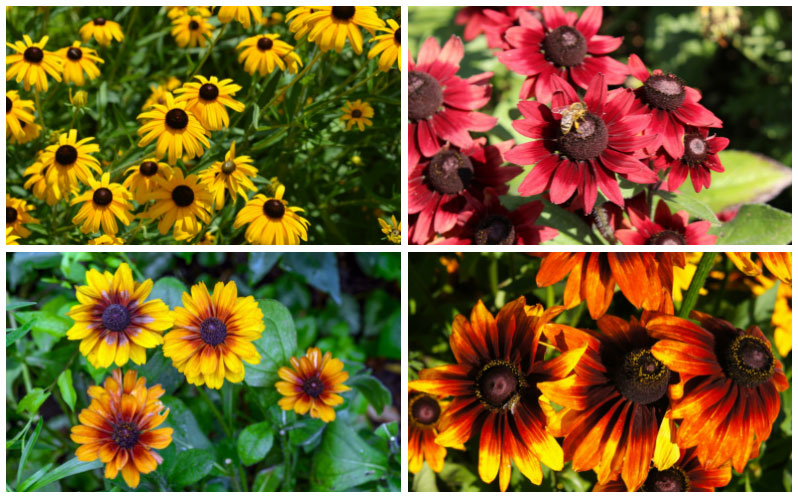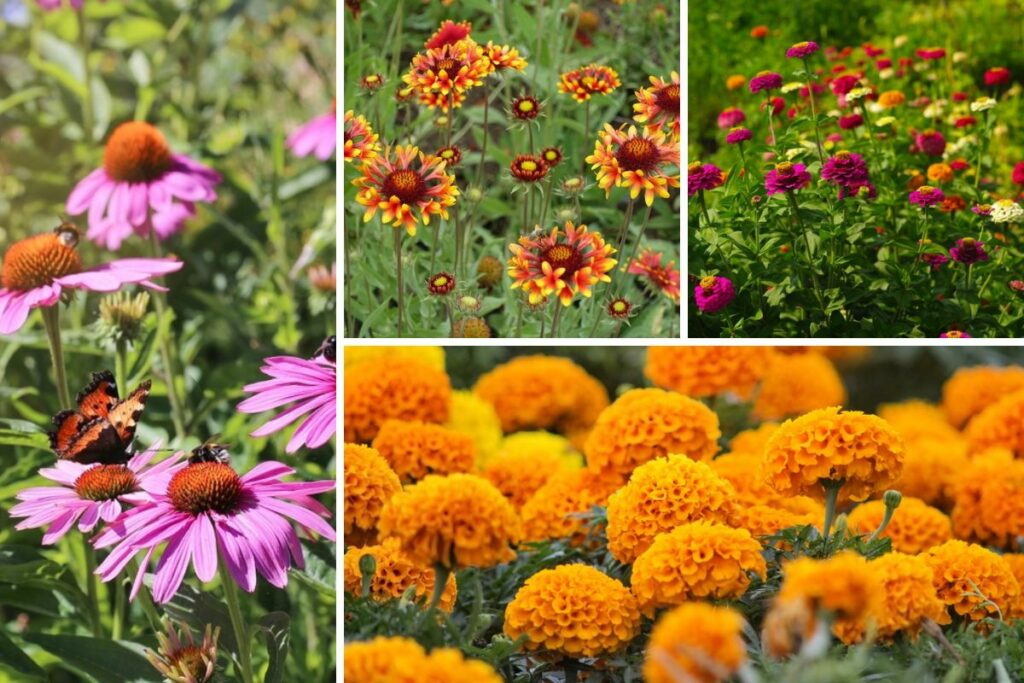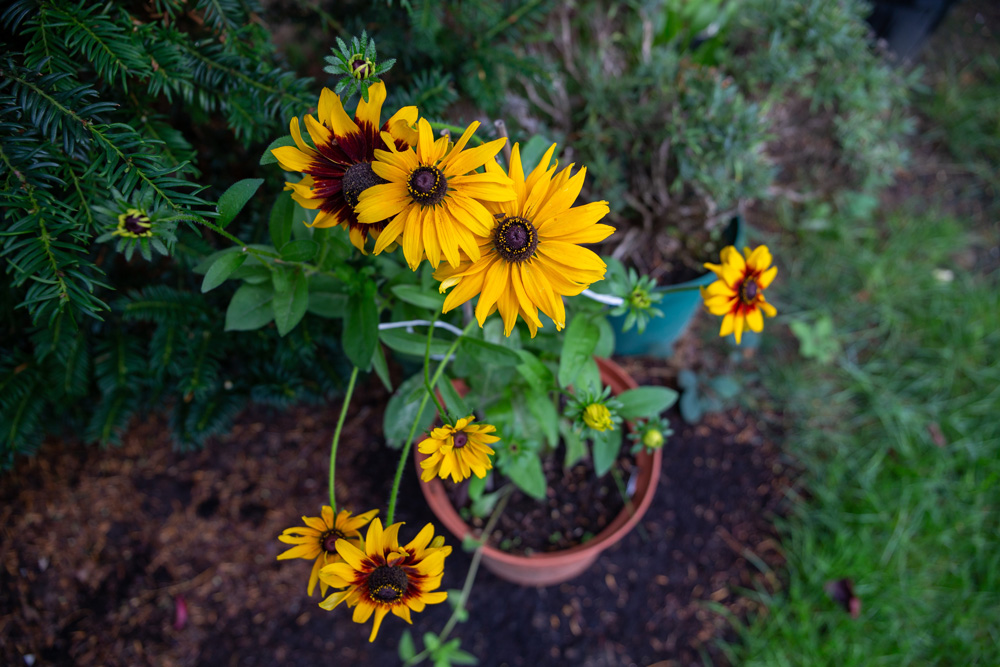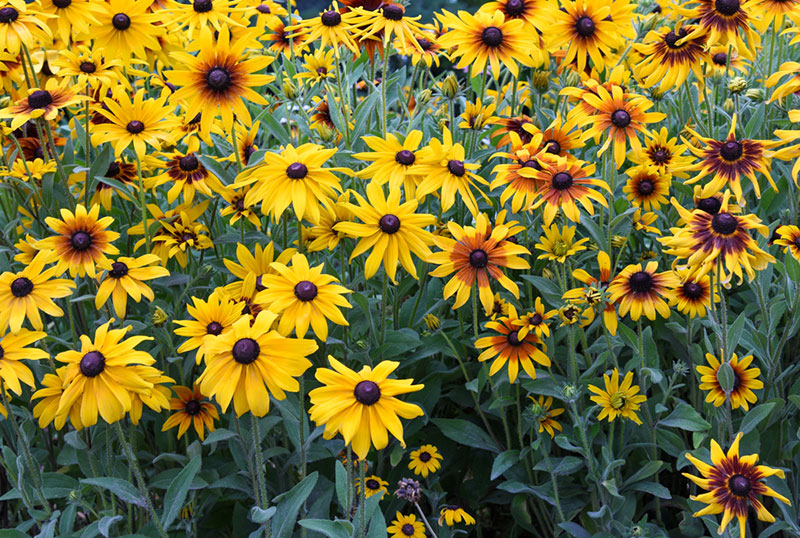
The black-eyed Susan is a widely grown plant found in many gardens and in the wild all across the U.S. These flowers were one of the very first to become domesticated and brought into homes and landscapes because of their beauty and how easy they are to grow and maintain.
What is a Black-Eyed Susan?
Native to North America, black eyed Susan plants or rudbeckia hirta are short-lived perennials that are at times seen as annuals because they are quick to grow from seeds and blossom in the first season you plant them.
These flowers grow between one and three feet tall, and with the proper amount of sun, stand straight and sturdy. The flower that sits on top of this long green stem grows beautiful yellow and orange petals and a dark center.
Black-Eyed Susans are a great option to place along fences or fill in empty spots in your landscape that need color. They look very similar to coneflower or rudbeckia fulgida.
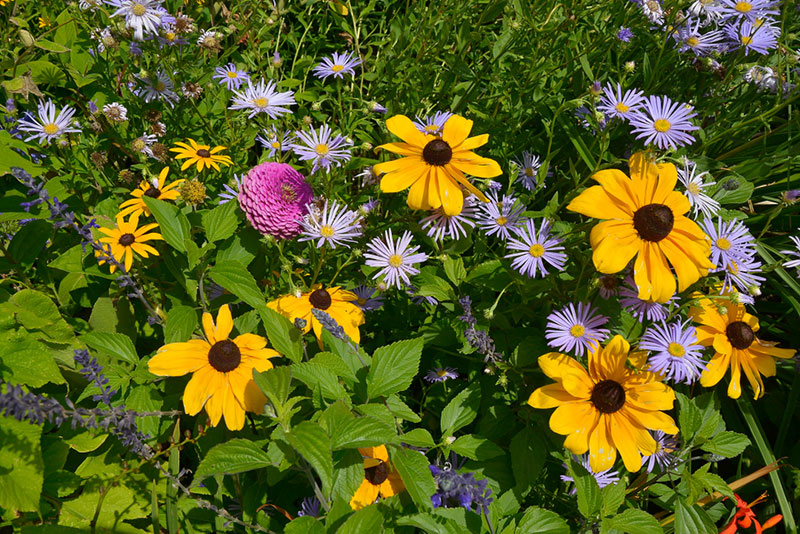
How to Plant Black-Eyed Susans From Seeds
Black-eyed Susans are drought-resistant hardy plants that are easy to grow and maintain. You can start them from seedlings and have them stand out in your flower beds by summer.
- When preparing to plant your black eyed Susan seeds, be sure your soil temperature averages close to 70’F. (Most areas should plant these seeds in April or May.
- Black eyed Susans love the sun and will do amazingly well in a flower garden in full sun but will still grow even in partial shade.
- Before placing your seeds into the ground in the late spring, loosen and moisten the soil. Give your seeds plenty of space in between one another, about two to three feet apart.
- Plant black eyed Susan seeds into the soil with your thumb, then lightly cover the seeds with a thin, loose layer of soil.
- Your soil should be fertile for the best results but should grow in poor soil as well.
How to Transplant Black-Eyed Susans
If you decide to grow your black-eyed Susans from seeds in a planter instead of outdoors and are ready to transplant them from the pot to the ground, here are a few steps to make the transition simple.
- Minimize shock by preparing the planting location before you move the flower from one area to another. Loosen the soil, dig a hole about a foot deep, and add water.
- Water the black eyed Susan plant that you will be moving about a half-hour before you start to dig, saturating the ground and making the removal process much easier and safer.
- Dig down into the soil surrounding the plant about a foot or until you reach the bottom of the roots. Then scoop under and lift the plant.
- Carefully place the plant into the prepared hole where its new home is and firmly pack in the soil back around the roots.
- Keep an eye on your flower while starting to rebuild and water often until it is hardy enough to thrive.
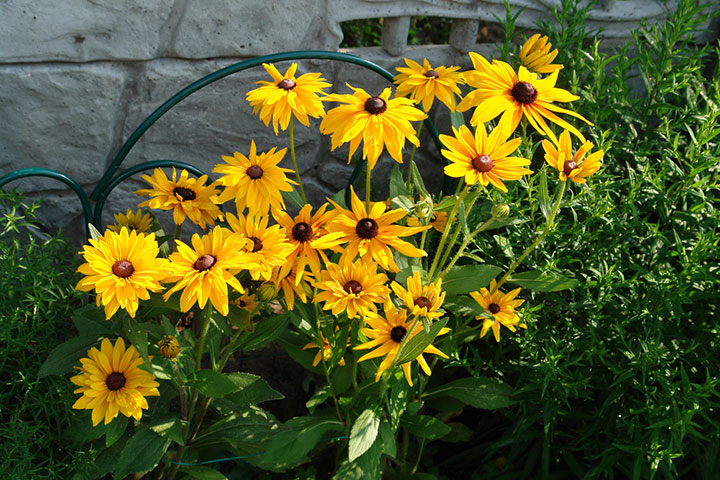
How to Maintain Black-Eyed Susans
Because black-eyed Susans are drought resistant and very easy to maintain, it doesn’t take much to keep them alive and healthy.
- Check your flowers frequently, making sure they do not dry out. Add water to the plant whenever they need it.
- Remove all dead and fading flowers to ensure blooming will continue to occur throughout the season.
- Cut back the flower after its first bloom of the season, and you may get a second bloom for the fall.
Black-Eyed Susans FAQs
Just like any other flower, you must understand all there is to know about a black-eyed Susan before you decide to plant it in your flower beds or on the sides of your fence, ensuring your flowers have the right environment to thrive in for years to come.
1. What are the Best Zones For Hardy Growth?
Although the black-eyed Susan is a hardy, durable plant that can grow nearly anywhere in North America, they are more prominent and thrive the best in planting zones 4-9. They are the state flower of Maryland, a state in this hardiness zone range.
2. Do Black-Eyed Susans Grow Annually?
Although black-eyed Susans are short-lived perennials, they are self-seeding, allowing them to come back each season like annual plants.
3. How Do You Care For Black-Eyed Susans During the Winter?
Once the season is over and winter has started, trim your black-eyed Susan stem down to the ground to prepare for new spring growth.
4. Are Black-Eyed Susan Plants Toxic?
These flowers are very safe to handle but can be toxic to animals if eaten. Keep them away from any small children who may try and chew on the flower.





